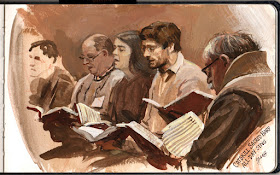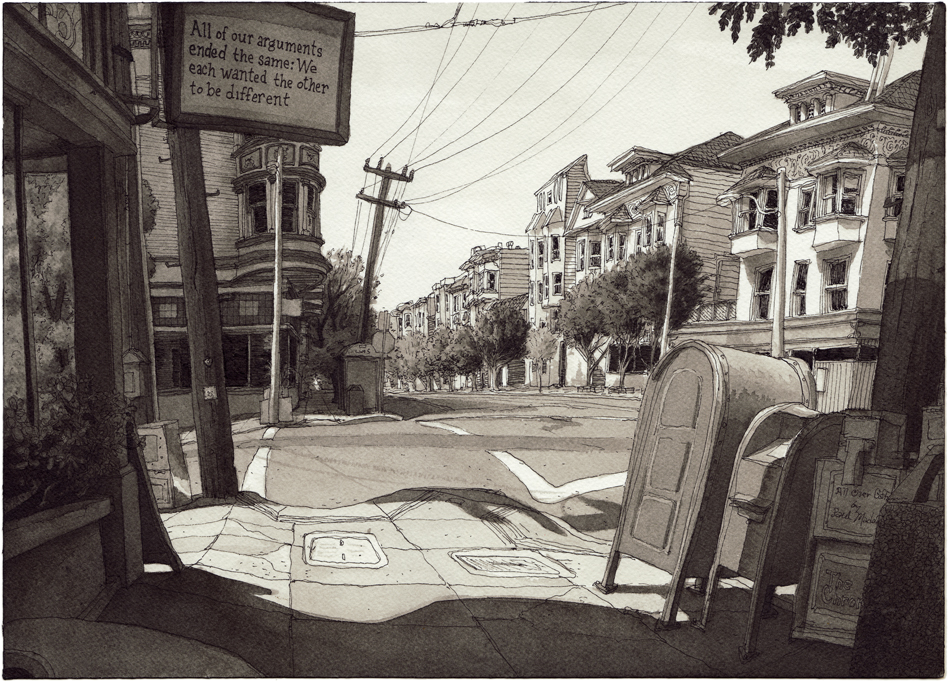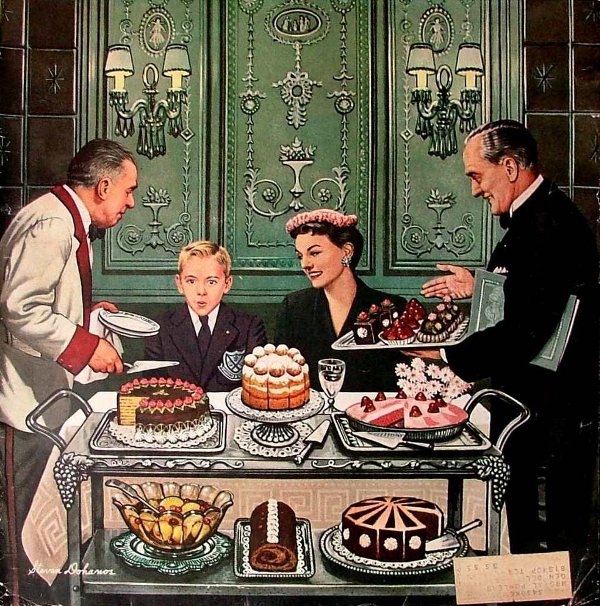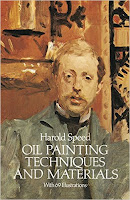They came from six states with one thing in common, a love of Sacred Harp, an old-fashioned musical tradition which traces back to the American colonies and even earlier.

Men, women, and children sat facing each other in a square, singing at top volume in four-part harmony. The singers took turns suggesting tunes and leading. There was no preaching, no audience, and no instruments. But there was coffee and plenty of home-cooked food.
While my wife sang and helped set out the lunch, I sat off to the side and painted. (Link to YouTube). The singers hardly noticed me working.
However, it was a daunting challenge. Not only were they were moving a lot, but they were also changing seats every few songs. I didn't expect this, so I had to adjust my approach.
Here are the strategies that helped me deal with the challenge:
1. Limiting the color to a warm grisaille. That simplified the variables and suited the starkness of the music.
2. Going immediately to finish on the central head (thanks, Gideon!) and painting outward from him.
3. Using an opaque medium like casein so that I could paint over and restart a section.
4. Drawing with the brush. The figure on the right and all the books were completely drawn with a round brush late in the session, which lasted about four hours.
Info about the music:
The song is #361"Loving Jesus" from The Sacred Harp
YouTube trailer for Awake My Soul documentary, available as a DVD
Catskill Sacred Harp Community website.
FaSoLa, the national Sacred Harp organization
Listing of upcoming All-Day Singings on the Eastern U.S.
Info about the art supplies:
Paints: Jack Richeson / Shiva casein colors
Richeson's informative FAQ about casein.
Pentalic watercolor journal
Subscribe to the James Gurney YouTube channel to see videos before anyone else































